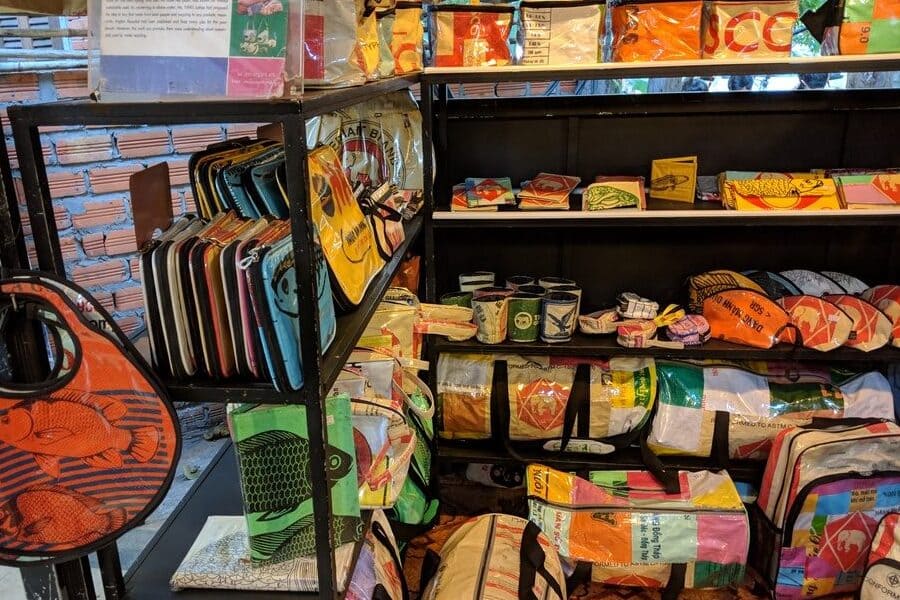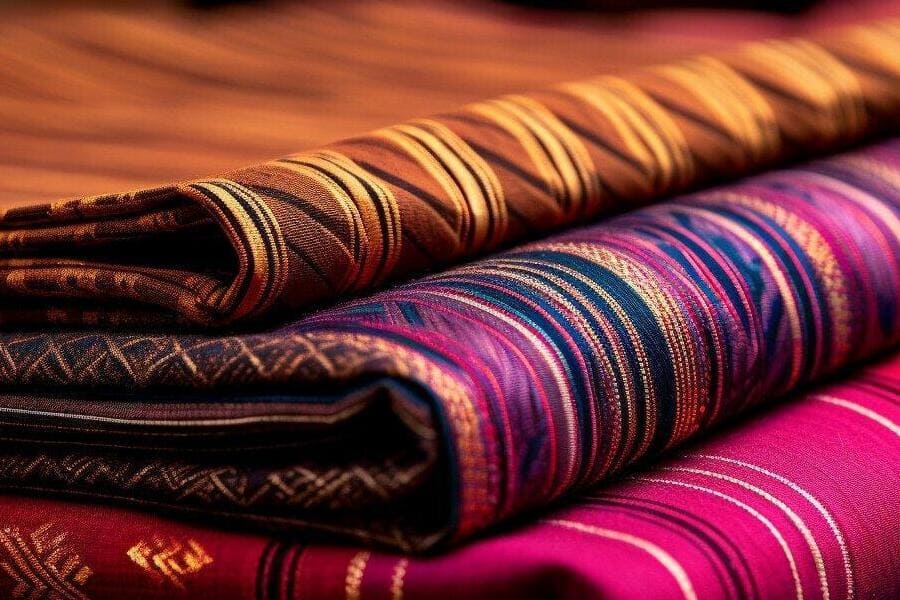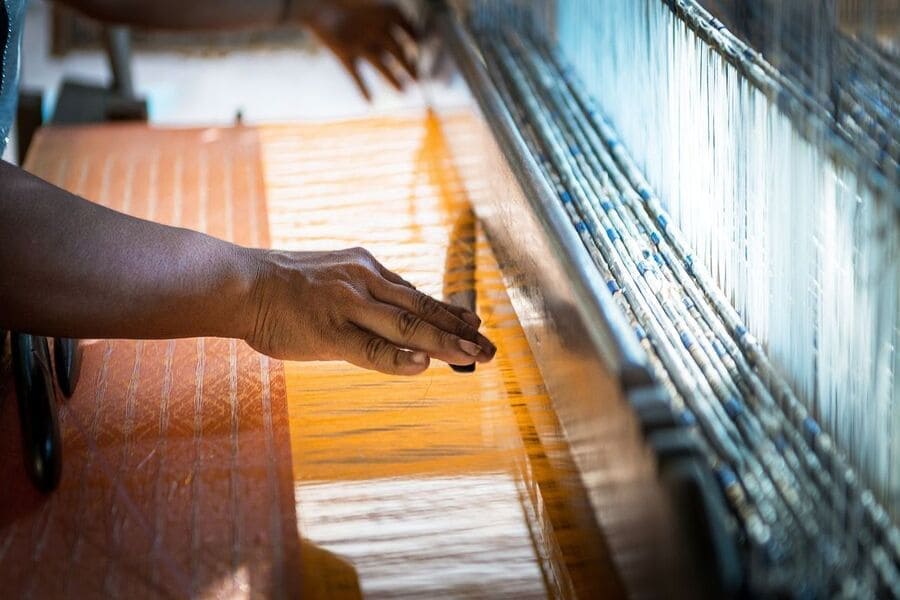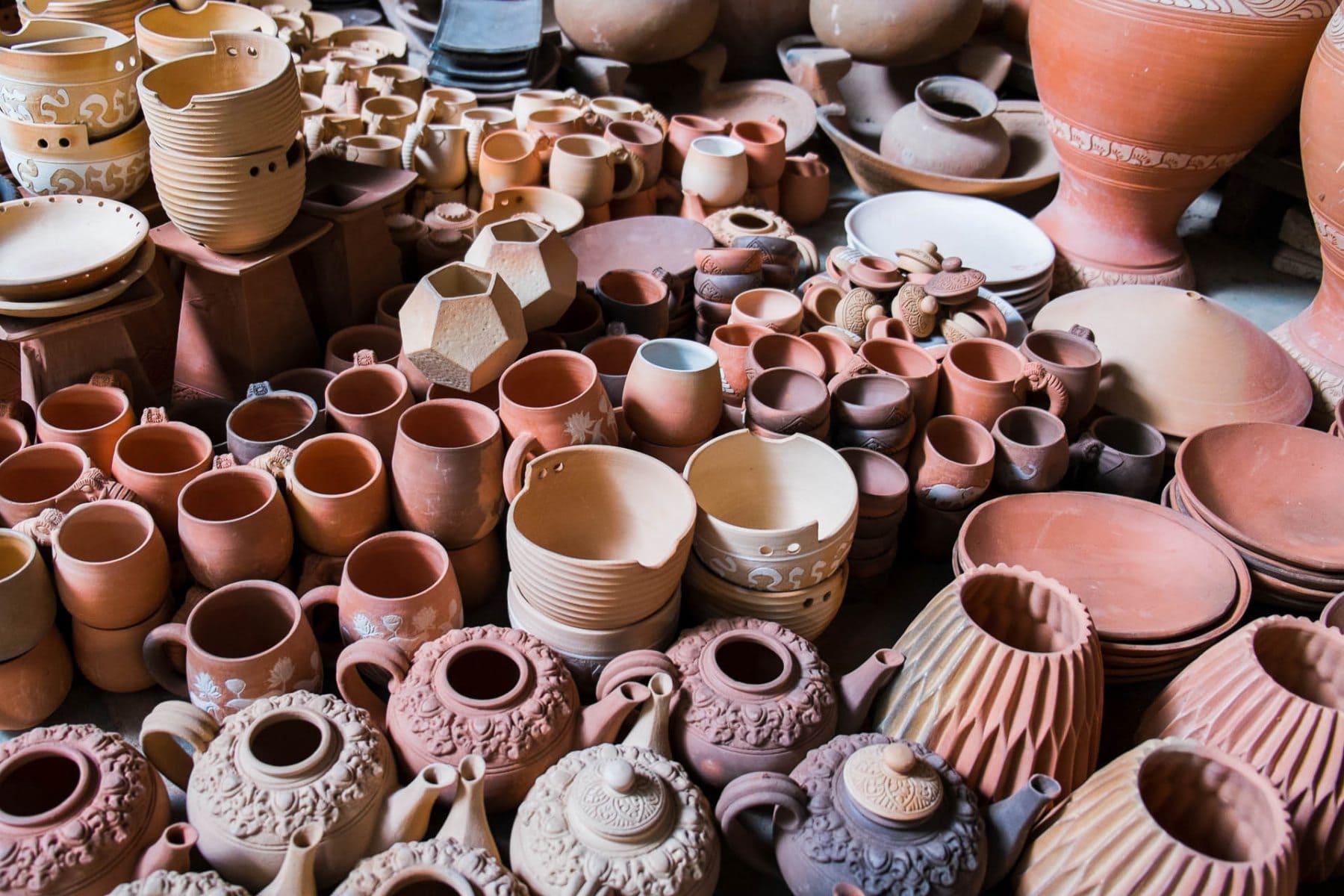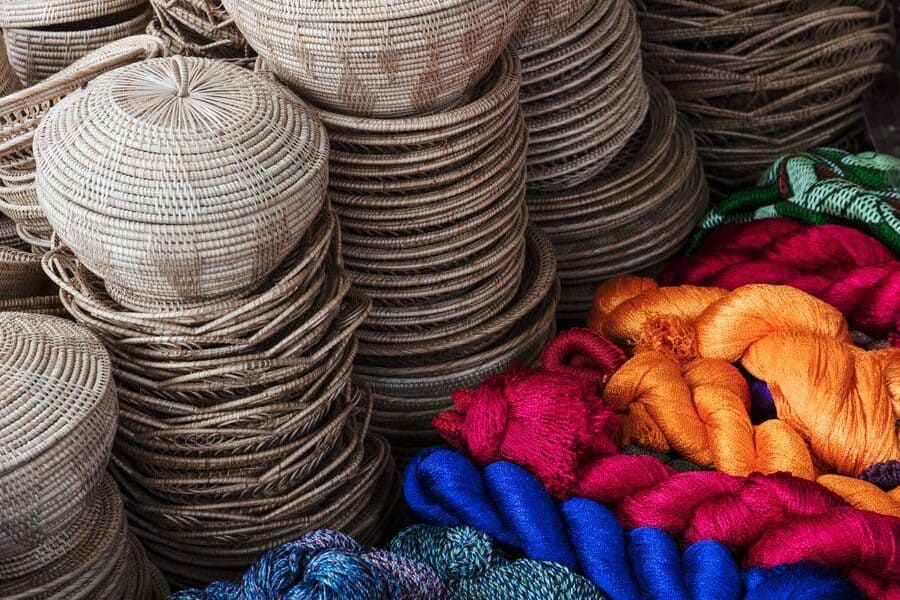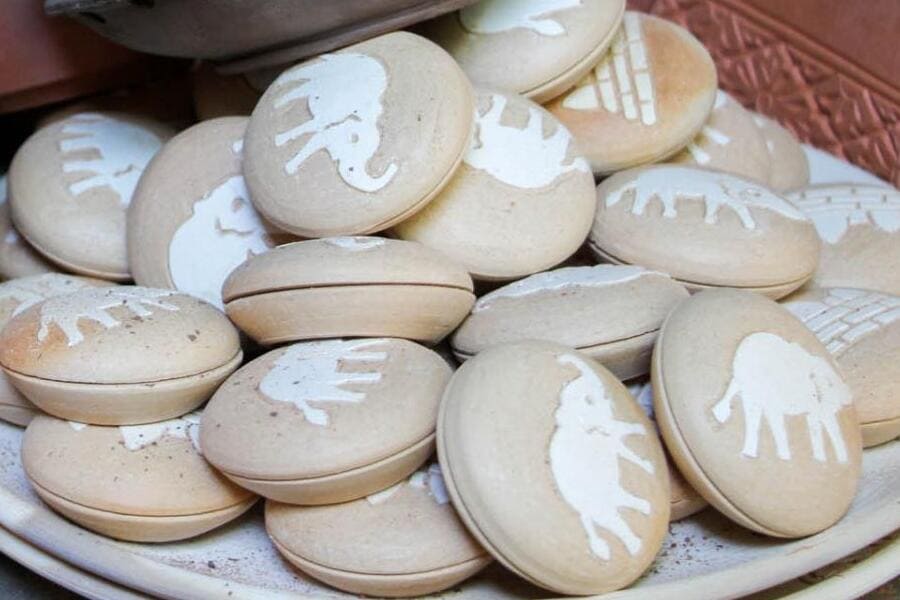Cambodian handicrafts represent a profound connection to the country's cultural heritage, showcasing the skill, creativity, and traditions passed down through generations. From intricately woven textiles to delicate ceramics and exquisite silverware, Cambodian handicrafts offer a glimpse into the country's vibrant artistic landscape. Let's delve into the world of Cambodian handicrafts and discover the stories behind these unique and beautiful creations during your cambodia tours.
Contents
An Overview of Famous Cambodian Handicrafts
Silk Weaving - One of the traditional Cambodian handicrafts
Silk weaving in Cambodia is a time-honored tradition that weaves together intricate artistry, cultural heritage, and economic significance. Dating back over a millennium, this craft has been integral to Cambodian society, reflecting the country's rich history and artistic prowess. Let's delve into the mesmerizing world of Cambodian silk weaving and uncover the stories behind this ancient craft.
The Art of Silk Weaving:
Silk weaving is a meticulous process that begins with the cultivation of mulberry trees and the harvesting of silkworm cocoons. Skilled artisans then carefully extract and spin the silk threads, which are dyed using natural pigments derived from plants and minerals. These vibrant threads are meticulously woven on traditional wooden looms, often passed down through generations, to create intricate patterns and designs.
Cultural Significance:
In Cambodia, silk weaving is more than just a craft; it's a deeply ingrained cultural tradition with profound spiritual and social significance. Silk textiles play a central role in religious ceremonies, weddings, and traditional festivals, symbolizing prosperity, purity, and spirituality. The krama, a versatile silk scarf, is an iconic Cambodian garment worn by people of all walks of life, serving as a symbol of identity and resilience.
Economic Impact:
Beyond its cultural importance, silk weaving is also a vital economic activity in Cambodia, particularly in rural areas where it provides employment and income for countless families. By supporting local silk weaving communities, visitors can contribute to sustainable development and help preserve this ancient craft for future generations.
Preservation Efforts:
In recent years, efforts to preserve and promote Cambodian silk weaving have gained momentum, with organizations and initiatives dedicated to training young weavers, reviving traditional techniques, and creating market opportunities for silk products. These initiatives not only safeguard Cambodia's cultural heritage but also empower communities to thrive economically.
Pottery - a famous Cambodian handicrafts
Pottery in Cambodia is a revered craft that has flourished for centuries, embodying the nation's cultural identity, artistic ingenuity, and historical resilience. From humble household vessels to intricate ceremonial pieces, Cambodian pottery reflects the country's rich heritage and the enduring spirit of its people. Let's embark on a journey to explore the captivating world of Cambodian pottery and uncover the stories behind this ancient art form.
The Art of Pottery:
Dating back to the early days of Khmer civilization, pottery-making in Cambodia has evolved into a highly skilled craft practiced by artisans across the country. Using locally sourced clay, skilled potters shape and mold vessels by hand, employing traditional techniques passed down through generations. From everyday items like cooking pots and water jars to ornate ceremonial urns and decorative figurines, Cambodian pottery showcases a diverse range of forms, styles, and decorative motifs.
Cultural Significance:
Pottery holds deep cultural significance in Cambodian society, playing a central role in religious rituals, domestic life, and artistic expression. Pottery artifacts unearthed at archaeological sites provide invaluable insights into ancient Khmer civilization, offering glimpses into daily life, religious practices, and trade networks. Today, pottery continues to be an integral part of Cambodian culture, with artisans preserving traditional techniques while also innovating to meet contemporary demands.
Economic Impact:
Pottery-making has long been a source of livelihood for many Cambodian families, particularly in rural areas where clay deposits are abundant. Artisanal pottery workshops and cooperatives provide employment opportunities and income for local communities, contributing to sustainable development and poverty alleviation. Additionally, the sale of pottery products to domestic and international markets serves as an important source of revenue for artisans and their families.
Preservation Efforts:
In recent years, efforts to preserve and promote Cambodian pottery have gained momentum, with organizations and initiatives dedicated to training young potters, reviving traditional techniques, and creating market opportunities for pottery products. By supporting these initiatives, visitors can contribute to the preservation of Cambodia's cultural heritage and the empowerment of local artisans.
Where to find Cambodian Handicrafts?
Cambodian handicrafts can be found in various places throughout the country, offering visitors a diverse array of traditional artisanal products to explore and purchase. Here are some places where you can find Cambodian handicrafts:
Artisan Villages:
Many rural villages in Cambodia specialize in specific handicrafts such as silk weaving, pottery, wood carving, and basketry. Visiting these artisan villages provides a firsthand opportunity to observe artisans at work and purchase authentic handicrafts directly from the makers.
Local Markets:
Markets are excellent places to discover a wide range of Cambodian handicrafts, from textiles and jewelry to wooden carvings and ceramics. Popular markets such as Phsar Thmei (Central Market) and Phsar Chas (Old Market) in Siem Reap, and Phsar Leu Thom Thmey in Phnom Penh are bustling hubs where you can browse and bargain for handicrafts.
Craft Workshops and Studios:
Many cities and towns in Cambodia have craft workshops and studios where artisans produce and sell their creations. These establishments often offer guided tours and hands-on experiences, allowing visitors to learn about the craft-making process and even try their hand at creating their own handicrafts.
Art Galleries and Boutique Shops:
Urban centers like Phnom Penh and Siem Reap are home to numerous art galleries and boutique shops that showcase and sell Cambodian handicrafts. These venues feature high-quality, curated collections of artisanal products, making them ideal places to find unique and contemporary interpretations of traditional crafts.
Cambodian handicrafts embody the rich cultural heritage and artisanal skill that have been passed down through generations. From intricate silk weaving and delicate silverwork to beautifully carved wooden sculptures and vibrant ceramics, these crafts offer a tangible connection to Cambodia's history and traditions. Supporting Cambodian artisans not only preserves these ancient techniques but also empowers local communities economically. As you explore the diverse array of Cambodian handicrafts, whether in bustling markets or artisan villages, you gain a deeper appreciation for the artistry and cultural significance embedded in each piece.


